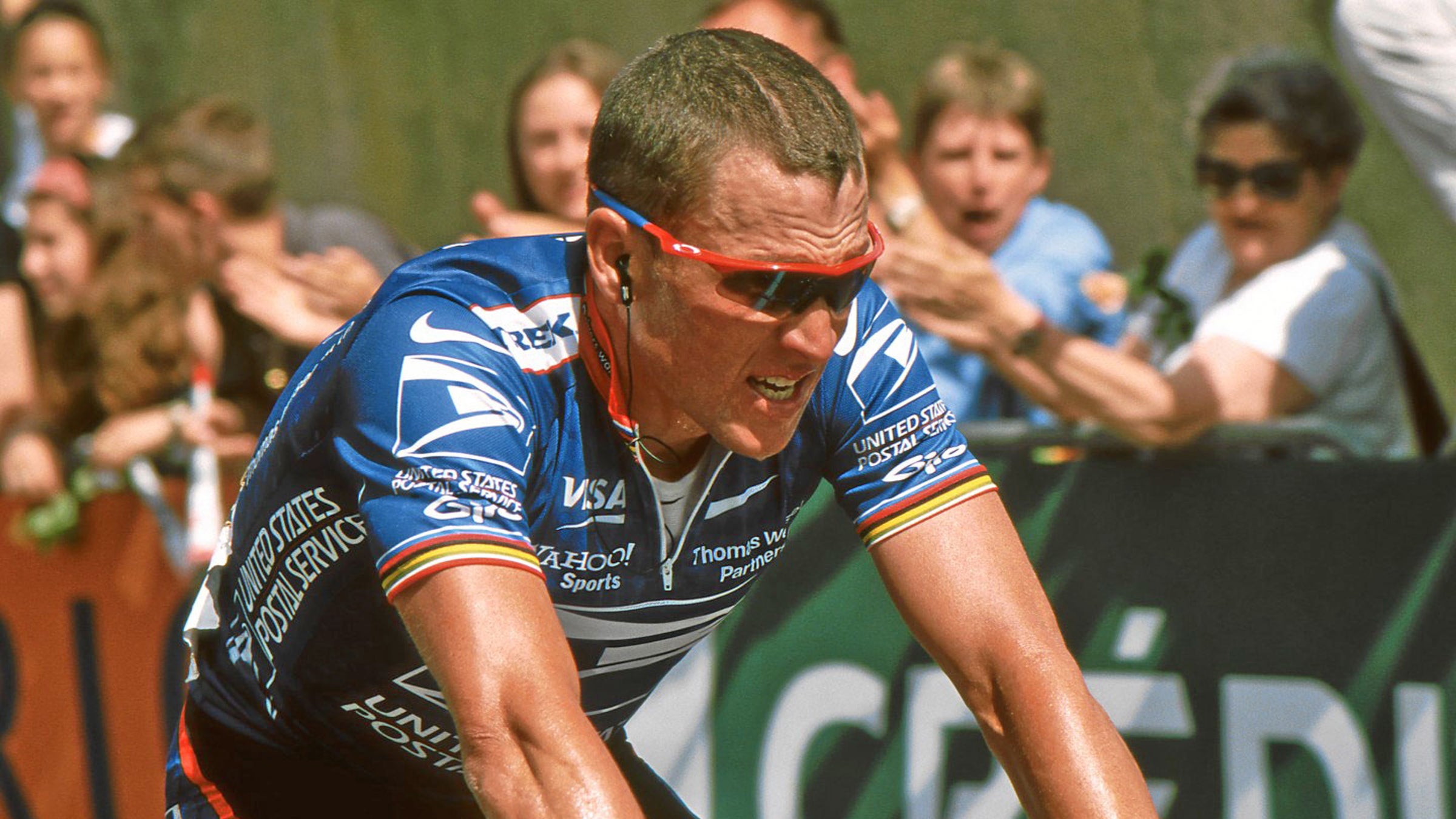A commission appointed by the International Cycling Union (UCI) released a report Sunday detailing how professional cycling’s governing body ignored the doping practices of its riders, particularly Lance Armstrong. The report comes after a year-long investigation, .
The Cycling Independent Reform Commission (CIRC) was formed to “conduct a wide ranging independent investigation into the causes of the pattern of doping that developed within cycling and allegations which implicate the UCI and other governing bodies and officials over ineffective investigation of such doping practices,” . The three-person panel found that UCI’s preferential treatment of Armstrong—and the American cyclist’s outsized influence—was a major factor in allowing PED use to get as bad as it did.
The report says that the UCI’s main concern was growing the sport and rehabbing its image, particularly after the 1998 Festina affair, when police arrested nine riders, a doctor, and the director of team Festina during the Tour de France for running a systematic doping operation. The UCI saw Armstrong as the perfect person to lead the sport forward, and was willing to overlook numerous suspicious blood tests.
“The fact that [Armstrong] was American opened up a new continent for the sport, he had beaten cancer, and the media quickly made him a global star,” the panel writes. “Numerous examples have been identified showing that UCI leadership ‘defended’ or ‘protected’ Lance Armstrong and took decisions because they were favorable to him.”
The UCI even threatened the U.S. Anti-Doping Agency’s jurisdiction in 2012 when it exposed Armstrong’s PED use. When the World Anti-Doping Agency wanted to launch an investigation of Armstrong after French sports newspaper ����ֱ�ܾ���� reported in 2005 that Armstrong had tested positive for the blood booster EPO during the 1999 Tour, the UCI also drafted a report critical of the agency with the help of Armstrong’s lawyer.
Armstrong was the most high profile case, but he was far from the only rider to artificially enhance his performance. A current professional cyclist told the CIRC that he estimated about 20 percent of the peloton is still cheating. Another posited that as much as 90 percent of pro cyclists dope, .
In the process of putting together the 227-page report, the commission looked at internal UCI documents and conducted interviews with everyone from former and current riders to lab personnel and journalists. While doping is still a problem for the sport, the committee members feel that progress has been made.
“The commission did not hear from anyone credible in the sport who would give cycling a clean bill of health in the context of doping today,” it said. “However, the general view was that doping is either less prevalent today or that the nature of doping practices has changed such that the performance gains are smaller. There was a general feeling that this has created an environment where riders can now at least be competitive when riding clean.”


